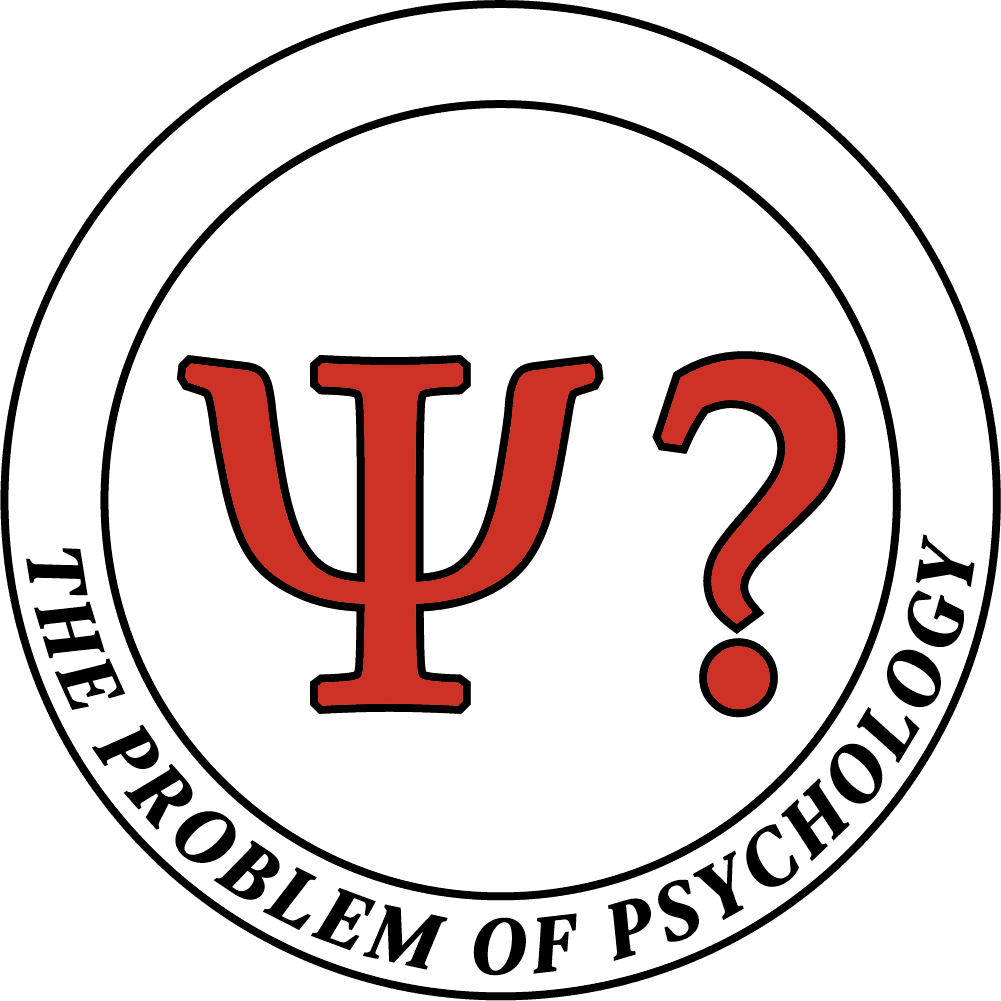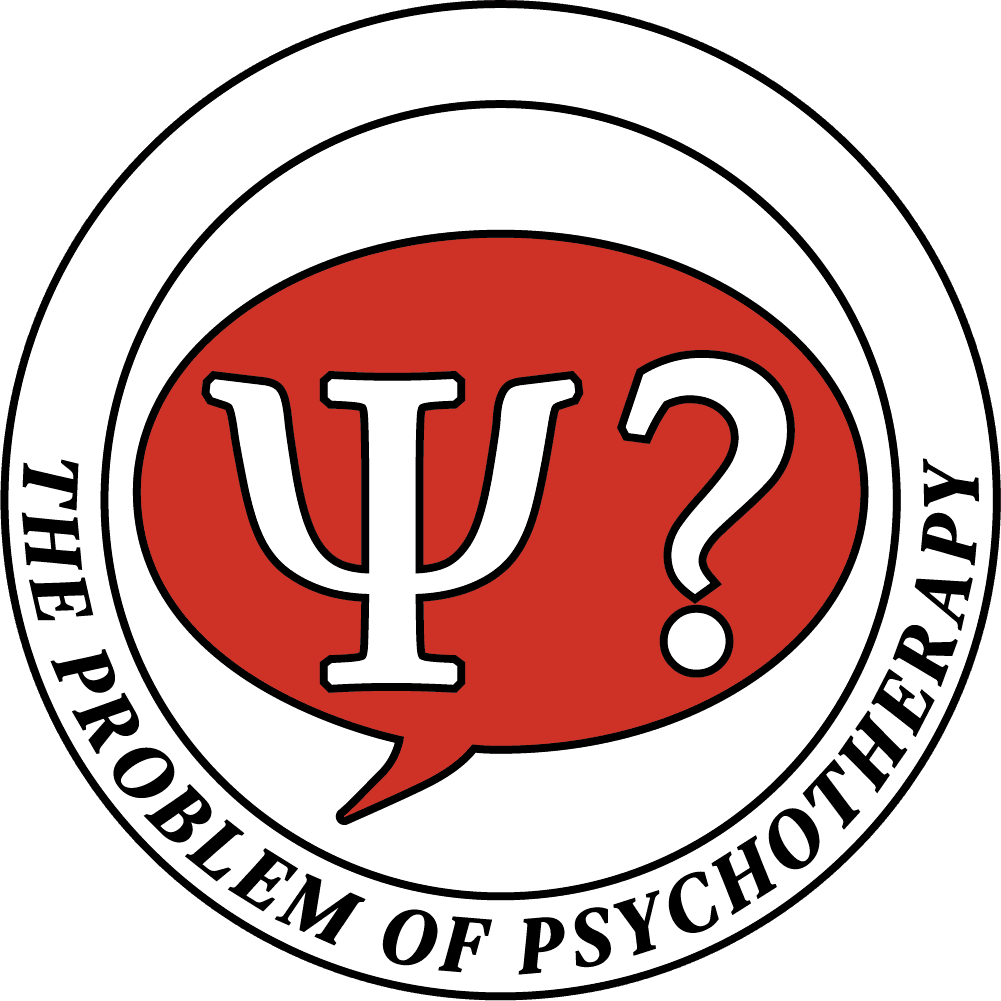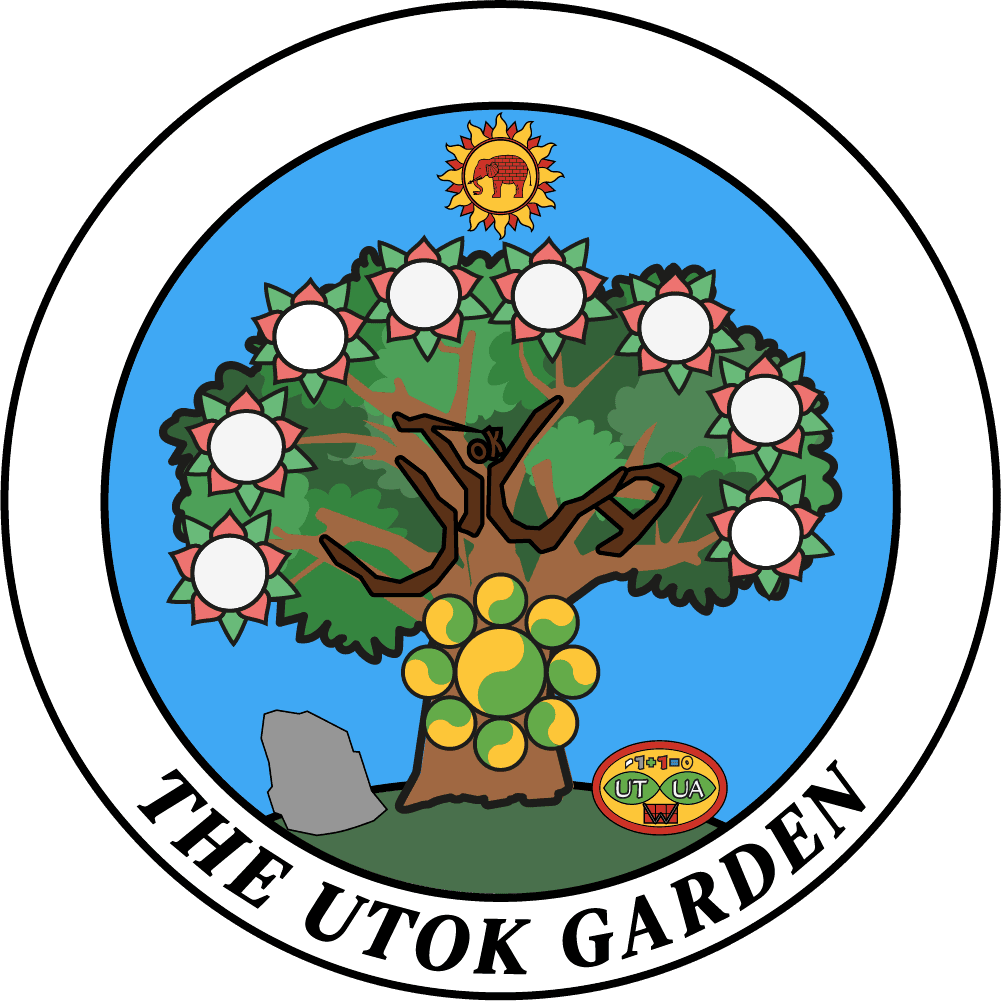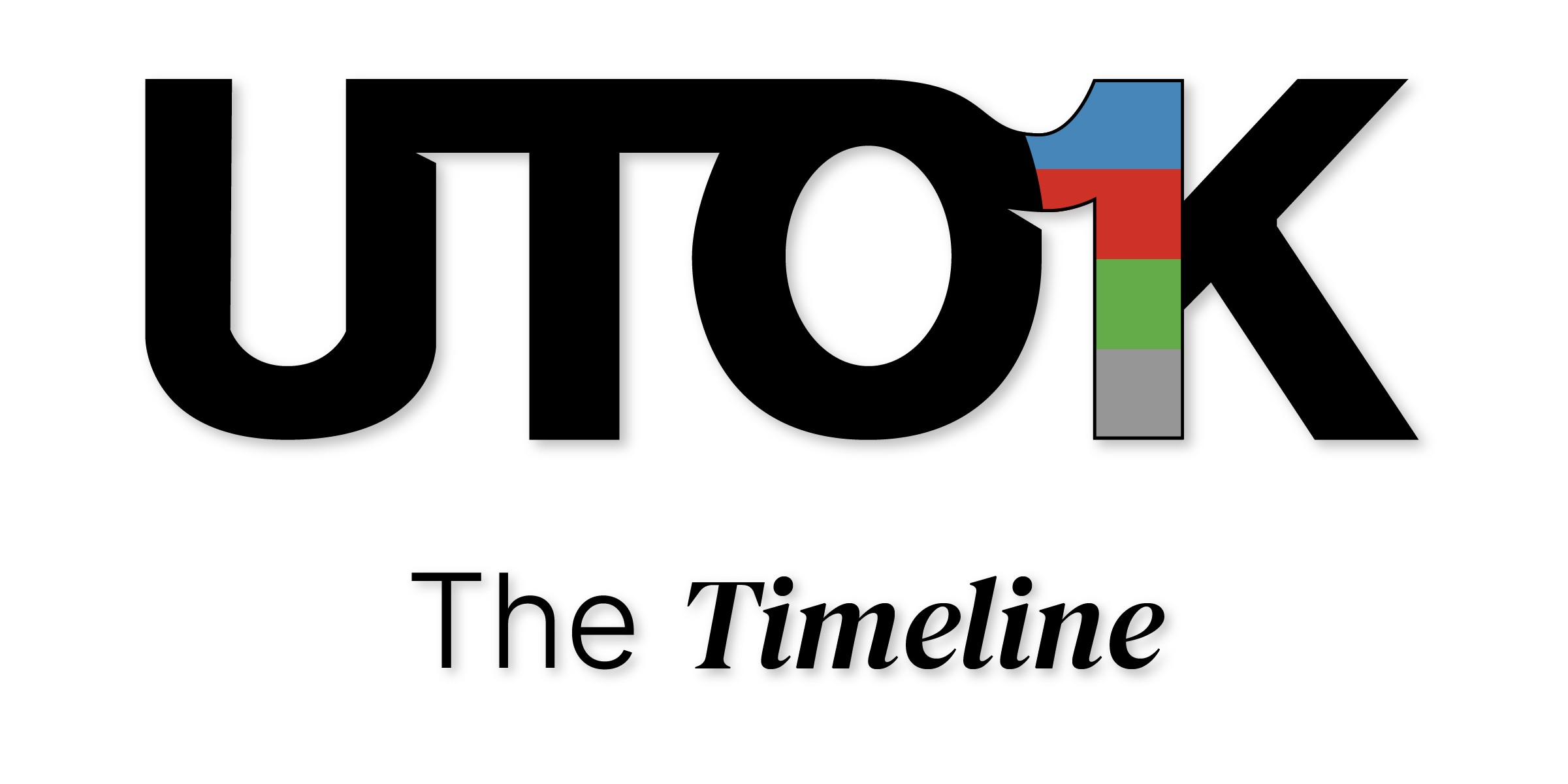UTOK is a system of thought that has been developing for more than three decades.
Here we describe the history of the path that Dr. Gregg Henriques traveled to bring us this remarkable set of ideas.

1994 - 1996
The seeds that would ultimately become UTOK were planted when Professor Henriques was doing his graduate training in clinical psychology in the early 1990s. He learned about the power of the “common factors” and wanted an approach to psychotherapy that was grounded in the science of human psychology. Evolutionary psychology initially provided a useful big picture framework that was tied to the natural sciences. However, it fell short in that it does not really address how to define psychology, nor does it provide a clear picture of how humans went from minded animals to cultured persons.

1996 - 1997
In the fall of 1996, Professor Henriques had what he now considers to the be the first “key insight.” This was the insight on how humans went from primates to persons and he initially called it “justification theory”, but it is now known as Justification Systems Theory. The idea is, in retrospect, quite straightforward. It posits that the shift in language from basic symbols into propositions resulted in a fundamental shift. Specifically, propositions introduced a generative capacity, creating alternative possibilities, assessed through questions. This led to the evolution of justification systems, wherein individuals had to legitimize their actions to the group. This process gave rise to the human ego and the Culture-Person plane of existence. The ubiquitous nature of justifying actions became a defining aspect of human behavior, evident in various social exchanges.

1997 - 2003
UTOK’s most important idea is the Tree of Knowledge System. It appeared in a flash to Professor Henriques on night in the summer of 1997, near his 27th birthday. That night he drew the initial version of the Tree of Knowledge System, a visionary depiction of behavioral complexification from the Big Bang to Cultured Persons. The diagram includes a vector representing the knower's awareness, branching into mathematics/statistics and subjective/objective knowing, laying the groundwork for what will become the iQuad Coin. This evolved into the Tree of Knowledge Manifesto for unifying scientific knowledge.
Behavioral Investment Theory (BIT), not present in the original 1997 diagram, emerged later, providing a metatheoretical formulation for animal behaviors. Indeed, for the next six years, Professor Henriques worked on how the ToK System could theoretically unify psychology. In 2003, he published the first full-length treatment of the system in Review of General Psychology, in a ground-breaking paper called The Tree of Knowledge System and the Theoretical Unification of Psychology.

2003 - 2011
For the next eight years, Professor Henriques worked on solidifying his vision into a fully unified theory of psychology. In a series of special journal issues in 2004, 2005, and 2008, he and his colleagues explained how this new system could solve the problem of psychology and theoretically unite both the science and the practice. It clarified why psychology had so much difficulty in the past specifying its subject matter and identity. And it showed how the field could and should be divided into three great branches of (1) basic psychology, defined as the science of mental behavior, (2) human psychology defined as the science of human mental behavior; and (3) professional psychology. In 2011, Henriques produced the complete argument in his first book, A New Unified Theory of Psychology.

2011 - 2016
From 2011 to 2016, Professor Henriques’ focus shifted back to the problem of psychotherapy. By viewing major psychotherapy schools through the lens of the Unified Theory, he recognized that the major schools actually emphasized different systems of human adaptation. The behaviorists focused on the habit system, the humanists focused on emotions, the psychodynamic practitioners focused on relationships and defenses, whereas cognitive therapy focused on justification systems.
This insight led to the development of Character Adaptation Systems Theory, which clarifies these systems of adaption using the key insights from the major approaches, framed by the lenses provided by the Unified Theory of Psychology. This model also provided a holistic view of personality and development, which Professor Henriques mapped via the Wheel of Development. He also applied the lens to the concept of human well-being and developed the Nested Model of Well-being in 2014. He also explored the primary ingredients that psychotherapists used to reverse neurotic, maladaptive patterns. And he generated an integrated approach to psychological mindfulness, called CALM-MO. This completed the toolkit for a unified approach to individual psychotherapy grounded in the unified theory of psychology.

2016 - 2017
By early in 2016, the terms "Unified Theory" and "Unified Approach" were integral to how Professor Henriques was training his doctoral student in both psychological science and practice. As a coherent, holistic system, it took on the name "UTUA." Pronounced ə tü ä’, it combine the “UT” of the Unified Theory of Psychology and the “UA” of the Unified Approach to Psychotherapy. It also had some resonance with the African philosophy "Ubuntu," meaning "toward humanity."
In March of 2016, Professor Henriques was at a conference, Cultivating the Globally Sustainable Self, when he had another lightbulb moment of insight. He realized that to cultivate the development of such a self, we could “plant UTUA Seeds, and grow UTUA Trees!” This resulted in a fundamental shift in how Professor Henriques was thinking about the way knowledge was and could be organized. Ultimately, the insight led to the creation of “The Garden of UTUA,” which is an artistic representation that archetypally represents and specifically maps the unification of modern science, psychology, and psychotherapy into a coherent scientific humanistic worldview. The Garden serves as a space where sciences and humanities converge in a “mutually inspiring dialectical dance.”

2018
The Garden bridged sciences with the humanities. However, embedded within the humanities is a split between the perspective of the particular subject and the cultural collectives. The Garden represented the space of the “We;” missing was a clear epistemological framework for the unique, particular “I”. In 2017, Henriques forged “the iQuad Path,” which created a set of logical, associative, adjacent identities that started with the number 1 ended up moving from outside the Garden to inside it. This “path” was like a portal to each individual psyche. This ultimately would become the iQuad Coin. It is a new epistemological framework that links the specific human subject with mathematics, physics, and philosophy. With it, the three philosophical pillars that ground UTOK were in place (i.e., the ToK System grounds the objective science perspective, the Garden the intersubjective cultural perspective, and the Coin the subjective psyche perspective).

2020 - 2024
UTOK, the Unified Theory of Knowledge, was given its proper name in 2020. With its four fundamental problems, three philosophical pillars, its metapsychology for unifying science and practice, and 20 interlocking ideas, it was finally consolidated into a complete system. In 2022 Henriques published A New Synthesis for Solving the Problem of Psychology: Addressing the Enlightenment Gap, which formally introduces UTOK as providing a descriptive metaphysical system for first and third person empirical perspectives. During this time, Professor Henriques worked with Professor John Vervaeke to show their two metatheories were perfectly complementary and resulted in a new, transcendent naturalistic worldview. In the fall of 2024, Professor Henriques published a lead article in the Journal of Psychotherapy Integration with Marcia Gralha on how UTOK provides the “common core” of psychotherapy. He also published UTOK: The Unified Theory of Knowledge, which provides the first comprehensive overview of all the components that go into the system.

2024 to the Future
UTOK is a new worldview that solves the problem of psychology and bridges the objective, subjective, and intersubjective ways of knowing into a coherent whole. Via the ToK System, UTOK also frames the current time period as a crucial one. The 5th joint point is the era we are emerging into, as the world of the digital (i.e., the internet, artificial intelligence, and computational interface across all domains of life) emerges and emanates, creating a whole new complex adaptive plane of existence. UTOK posits that we are facing many wonderful opportunities and many potentially disastrous dangers. We need to bridge technology with wisdom and find our way through the 5th joint point, guided by what some call a “third attractor” toward adaptive living across the domains of humanity, technology, and Mother Earth. UTOK is situated to be a comprehensive knowledge system that can guide us in this endeavor and keep us oriented toward wisdom.
Our Future
UTOK envisions a future where its integrated knowledge system transforms how we understand and navigate the world. Bridging science, humanity, and digital advancements, UTOK aims to inspire "Enlightenment 2.0."
With practical applications in psychotherapy, well-being, and mindfulness, UTOK seeks to make a real impact on individuals and society. The growing UTOK community, through workshops and collaborations, fosters a global network committed to a consilient and humanistic worldview. UTOK aspires to be a catalyst for positive change, influencing education, policy, and societal approaches to complex challenges, creating a unified and enlightened global community.






